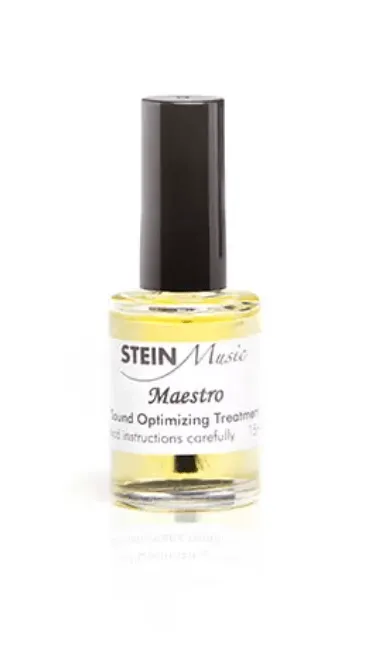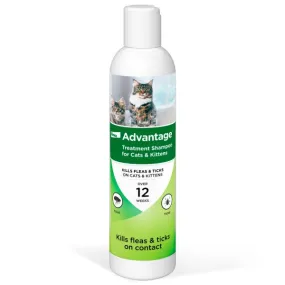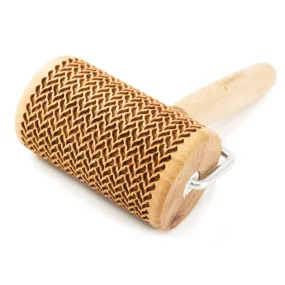Maestro lacquer is a natural resin lacquer with very special properties, optimized for coating loudspeaker cones and electronic devices for music reproduction. Mechanical resonances of any body are reflected at its interfaces. If you change the top layer by applying Maestro varnish, it is able to imprint its sound character on the coated part. Please note the fundamental difference to concepts that aim to achieve a better sound by damping: With damping, you can reduce the amplitude of an unwanted resonance, but you also always change the quality of this resonance peak, which thus becomes wider. This in turn makes itself quite unpleasantly noticeable acoustically.
How does Maestro lacquer work? Internal resonances of a mechanical part come to its surface, and there will be reflected into the material again. By changing the properties of the surface we may influence the resonances in a big amount. Sound always has a certain character that we detect as nasty or pleasant. Breaking glass for example is nothing really attractive, but everybody will like the sound of a good violin. We tuned Maestro consequently to those resonances which are regarded by the ear as pleasant. One might consider that doing this is far away from the idea of High Fidelity. But in fact the ear integrates those harmonic resonances, and does not regard them as something strange that does not belong to the music. So this kind of resonances is not able to affect the reproduction of music, but gives it a new level of freedom.
Maestro lacquer is a pure natural resin lacquer, with special optimized acoustic properties. It is produced in a complex process from the best raw materials, is non-conductive, fast drying, and easy to apply. Its consistency is such that in most cases you can use it directly as it is. Light moving parts, such as dome tweeters or foil speakers, should be painted only very thinly to avoid unnecessarily increasing the moving mass. In these cases, Maestro lacquer should be diluted 1:1 with mineral spirits, and only one coat applied. More solid parts require a thicker coat of varnish so that the effect of the varnish takes hold optimally. In principle, at least two coats of varnish should be applied here, whereby the first coat must be completely dry before the second is applied. This takes about half an hour at room temperature. Two things happen during curing: 1. the solvent evaporates.2. the coating polymerizes completely. This means that molecular chains are formed, whose structure is ultimately responsible for the resonance properties. The first process is already completed after about 15 minutes. You can put your device back into operation and already have a direct impression of the result. During the next 6 weeks, however, the properties of the coating will be completely transformed. During this time, the sound image will change significantly several times, not always for the better in the short term. After that, the properties stabilize at a very high sound level. In the following we describe how you should proceed in order to achieve the best results with the least possible effort. Painting the cabinets will bring you a good deal further, but due to their large mass, it is correspondingly more time-consuming and expensive. We recommend that you fill the amount of paint you expect to need into the screw cap of a fizzy drink bottle. From there it can be easily processed and diluted with spirit if necessary.















